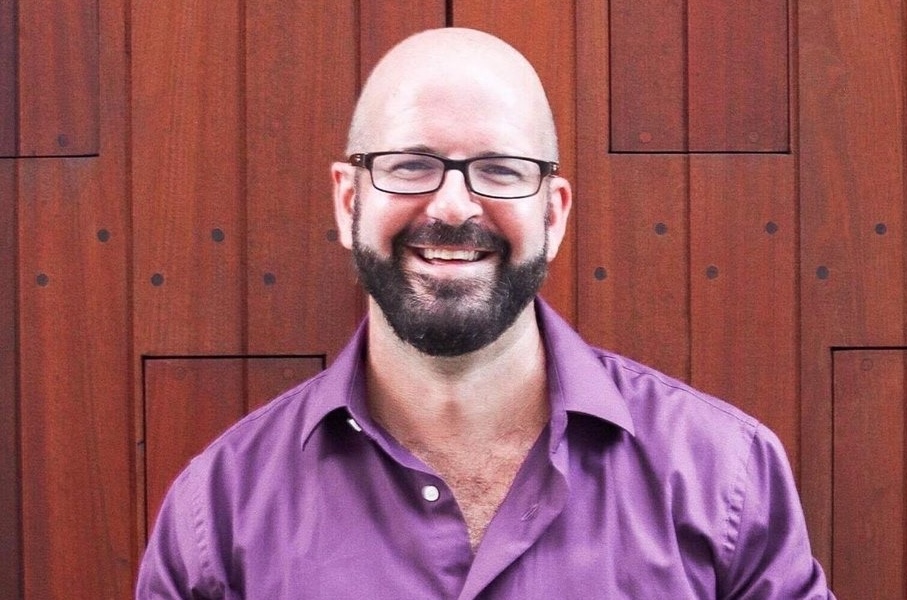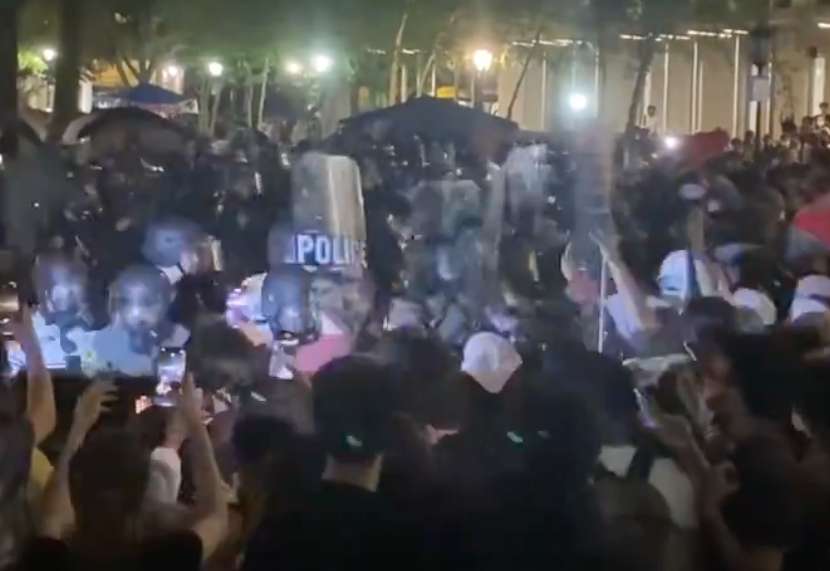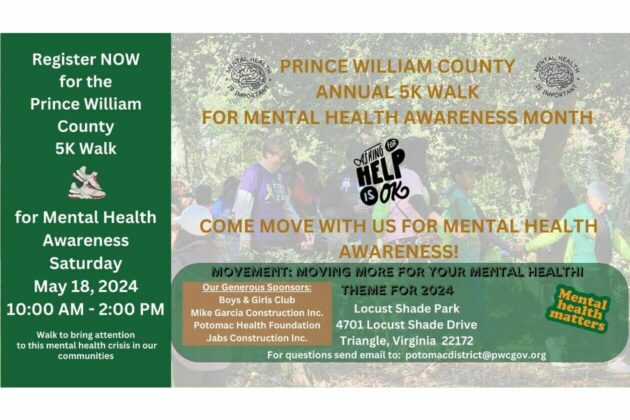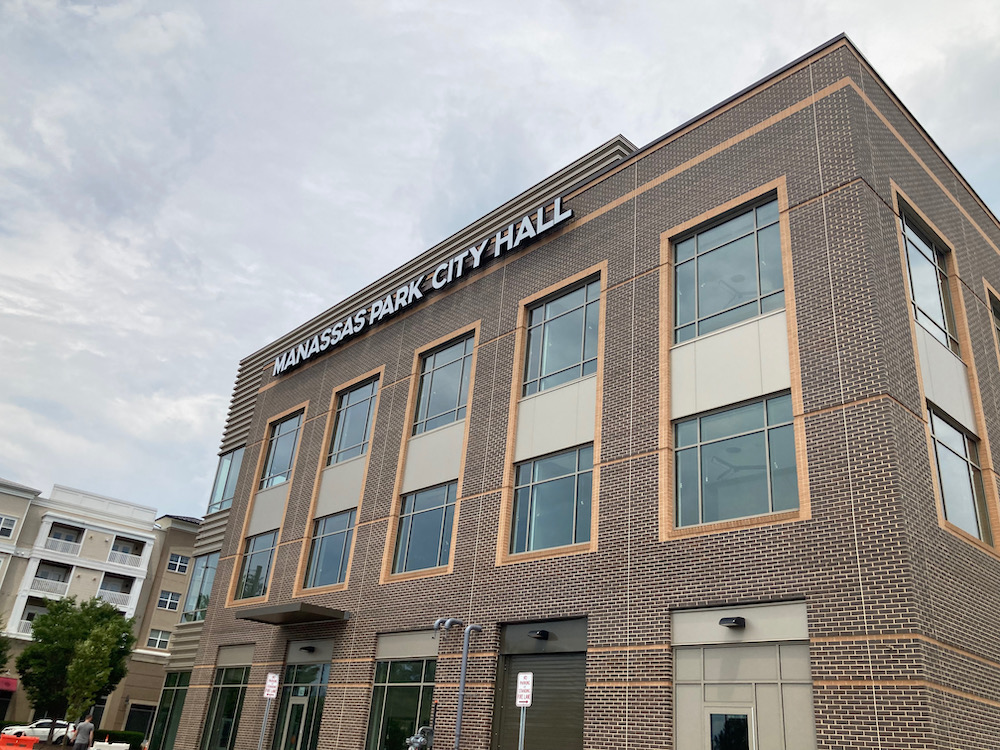The Prince William Conservation Alliance on Wednesday will be talking about the Rural Crescent.
It’s an area of land from Gainesville to Quantico that the Prince William County Board of Supervisors in 1998 designated as an urban growth boundary to keep the county’ s growth in check, and mostly located in its more dense central and eastern sections.
Nearly 20 years later, developers still have eyes on the land tract. And there have been recent calls to lay water and sewer lines there.
Here’s the official description of the Rural Crescent program coming Wednesday at 7 p.m. at the Old Manassas Courthouse, located at 9842 Lee Avenue in Manassas.
Learn how the Rural Crescent promotes farming and farm markets, spurs redevelopment in the Route 1 corridor, and why “sewering the green” would increase property taxes countywide. Join the conversation, bring your questions and ideas.
Speakers
Jeanine Lawson, Supervisor, Brentsville District
Mike May, former Supervisor, Occoquan District
Charlie Grymes, Chairman, PW Conservation Alliance
But we wanted to know more about why the Conservation Alliance deems this tract of land so important. We asked a few questions of everyone scheduled to appear on the panel, and we received these responses:
PL: Why is the Rural Crescent unique in Northern VA? Especially when compared to other jurisdictions like Prince William County that have adopted a pro-growth strategy?
Charlie Grymes, Prince William Conservation Alliance: Every county in Northern Virginia has adopted a pro-growth strategy – witness the recent “upzoning” in Fairfax County. Prince William is not unique in having a substantial area on its western edge designated for lower-density development, while the portion of the county closer to the urban core is planned for most of the county’s growth. Loudoun County’s Suburban Policy Area closest to DC is designed to attract commercial development and provide new housing, while the Rural Policy Area furthest away from DC is planned for fewer houses. Fairfax County has its lowest-density zoning on its western and southern boundaries, highlights the 1982 Occoquan Rezoning.
In 1998, when Prince William County established the Rural Crescent, taxpayers were up in arms over a property tax increases, see Big boom: PW, Loudoun face Fairfax 80’ss problem, Washington Business Journal, October 1998. The designation of Rural/Development areas was done to reduce the cost of building future infrastructure.
The county did not create the Rural Area to preserve farmland, but it still has an opportunity to spur economic development there. The Rural Area is the place for the economic development staff to encourage farm-to- table businesses and agriculture-centered visitor destinations such as wineries, not more-of- the-same subdivisions. As stated by Paul Pasternak, Prince William County 2030, “I first moved to Prince William County because of its open space. I just wanted to get away. Once I got here, though, the agriculture business was so attractive, I got hooked.”
PL: What type of development is allowed in the Rural Crescent today?
Kim Hosen, Prince William Conservation Alliance: All land within the Rural Crescent is planned to allow one home per ten acres (A-1). Most undeveloped land in the Rural Area is also zoned to allow one house per 10 acres.
One major benefit of the Rural Area is the opportunity to preserve farmland, diversifying the county’s economy and creating a more-local food supply, which the county highlights in Economic Development publications. Preservation of large lots and undeveloped sections of the Rural Area offers space for farm markets and growing fruits, vegetables, flowers, and other specialty crops as well as raising livestock and horses.
PL: Why not grow the tax base of Prince William County and open up the Rural Crescent to more development?
Grymes: The Prince William Conservation Alliance is a pro-growth, pro-development organization that encourages increasing the tax base by steering growth to the most appropriate locations and protecting neighborhoods from inappropriate development. We are also advocates for cost-effective government, to minimize tax increases required to accommodate our growing population.
The county’s Comprehensive Plan already seeks to grow the tax base by increasing commercial development in the Development Area. The latest Build-Out Analysis reports the county has 84.3 million non-residential square feet of gross floor area to be built. That is over 125% more than the existing total of commercial development created since the county began to grow in the 1950’s.
At the rate we are building, areas already planned for commercial development would accommodate many years of growth. There is no need to bust the urban growth boundary to accommodate more growth. Residential development is a similar story. At the rate we are currently growing, there is enough land already planned for growth to accommodate 20 years of new housing construction.
As you know, commercial development grows the tax base and demands few services such as new schools, but much of the residential development increases the taxes of current residents. The county does not identify the exact break-even point, but houses costing less than about $500,000 are traditionally described as “tax negative.” Such houses require expanding schools and paying for more teachers, expanding fire/police stations and paying more first responders, etc. Costs for the new services exceed the property taxes paid by “tax negative” homes.
The cost-effective place for locating new development and growing the county’s tax base is in the Development Area, revitalizing places along Route 1 and building out areas already planned for development.
PL: If the area was developed, what new / more county services would be needed to provide buildings with water, sewer, electricity?
Grymes: The expensive services to provide would be construction of new infrastructure such as roads, schools, and fire/police stations. In the Development Area, where the population density is higher, the cost per resident for new public facilities is lower. Scattering government buildings in the Rural Area, and busing children longer distance to schools, is the expensive strategy.
For example, taxpayers get a better return on investment if we build a new lane on a major road in the Development Area. The improved roads will benefit many residents, commuting to work or simply going to the store. In contrast, fewer people will use new roads in the Rural Area, and in many cases out-of- county residents driving through Prince William will get the benefits.
Recent Stories

On May 1, 2024, Jose Rafael Lizama, a 47-year-old resident of Manassas Park, made his first appearance in front of Prince William County Judge Wallace S. Covington. Lizama is accused of driving drunk and striking Justin Burns, of Blackstone, who was crossing the 8900 block of Center Street in downtown Manassas, near Old Town Sports Pub, just before 11 p.m. on December 2, 2023.

Recent protests erupted at Virginia Commonwealth University in Richmond, Charlottesville, and Mary Washington University, drawing attention to various issues ranging from campus safety concerns to social justice grievances. Tensions escalated as demonstrators voiced their demands, prompting discussions about the handling of protests and potential implications for campus communities.

We are honored to have the Honorable Andrea O. Bailey of the Potomac District, along with the esteemed leadership of Prince William County, hosting our 4th Annual 5K Walk for Mental Health Awareness. This event is a testament to their commitment to educate, advocate for, and dispel myths and stigma surrounding mental illness.
Dust off your running or walking shoes, bring your pets, and move with us in this county-wide FREE event in recognition of Mental Health Awareness Month on Saturday, May 18th, from 10:00 am to 2:00 pm. This year’s theme is Movement: Moving for Your Mental Health.
We will walk along a scenic multi-purpose trail in a wooded setting with sufficient signage to meet the needs of the walkers at Locust Shade Park, 4701 Locust Shade Drive, Triangle, Virginia 22192.

Are you feeling overwhelmed by life’s challenges? Struggling with anxiety, depression, or unresolved trauma? Take the first step towards healing and reclaiming your life with our professional psychotherapy services.
At Peaceful Mind Solutions, we understand that mental health is just as important as physical health. Our team of compassionate and experienced therapists is here to provide you with the support and guidance you need on your journey to mental wellness.
Through personalized therapy sessions, we create a safe and non-judgmental space where you can explore your thoughts, feelings, and experiences. Whether you’re dealing with past traumas, relationship issues, or simply seeking personal growth, we tailor our approach to meet your unique needs and goals.



